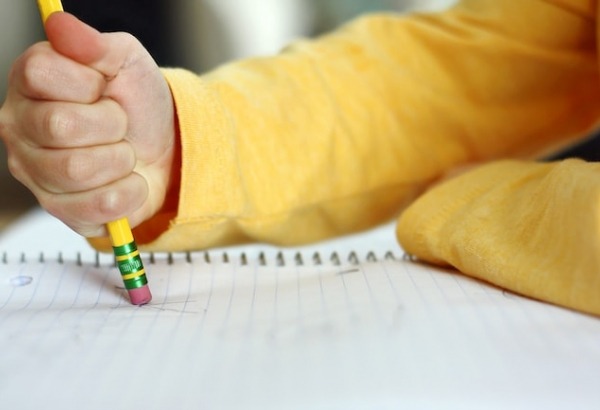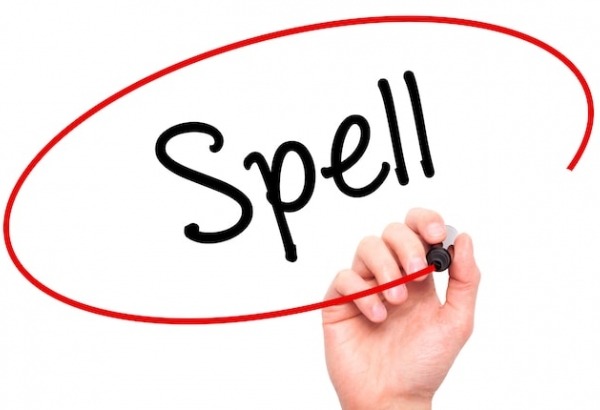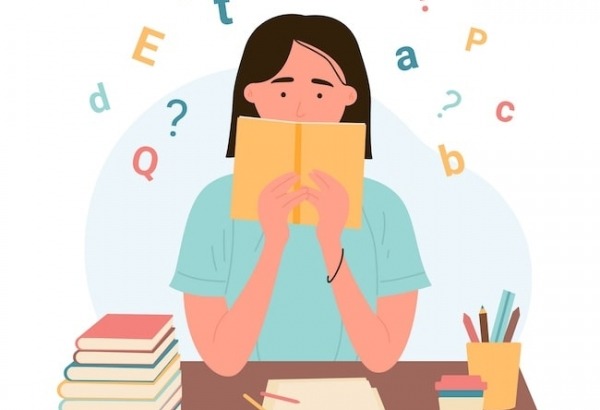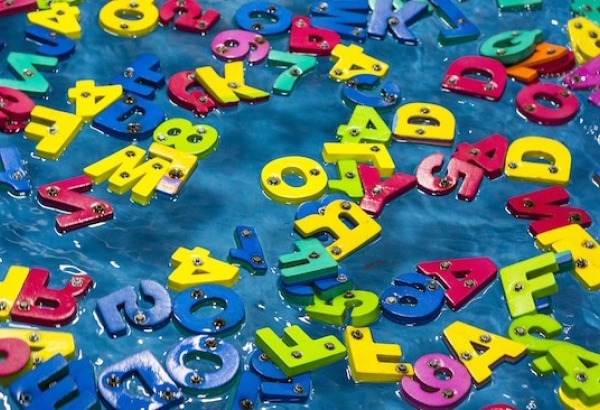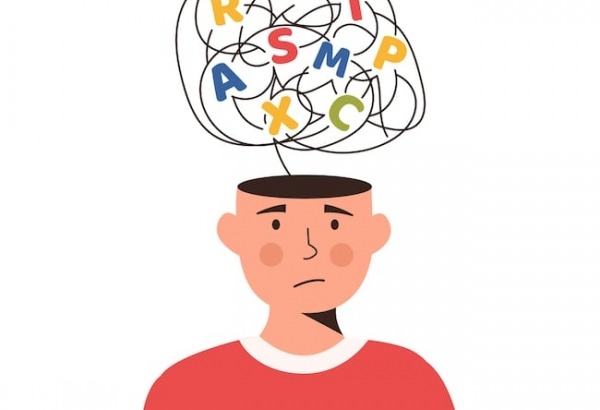7 Ways of making spelling fun
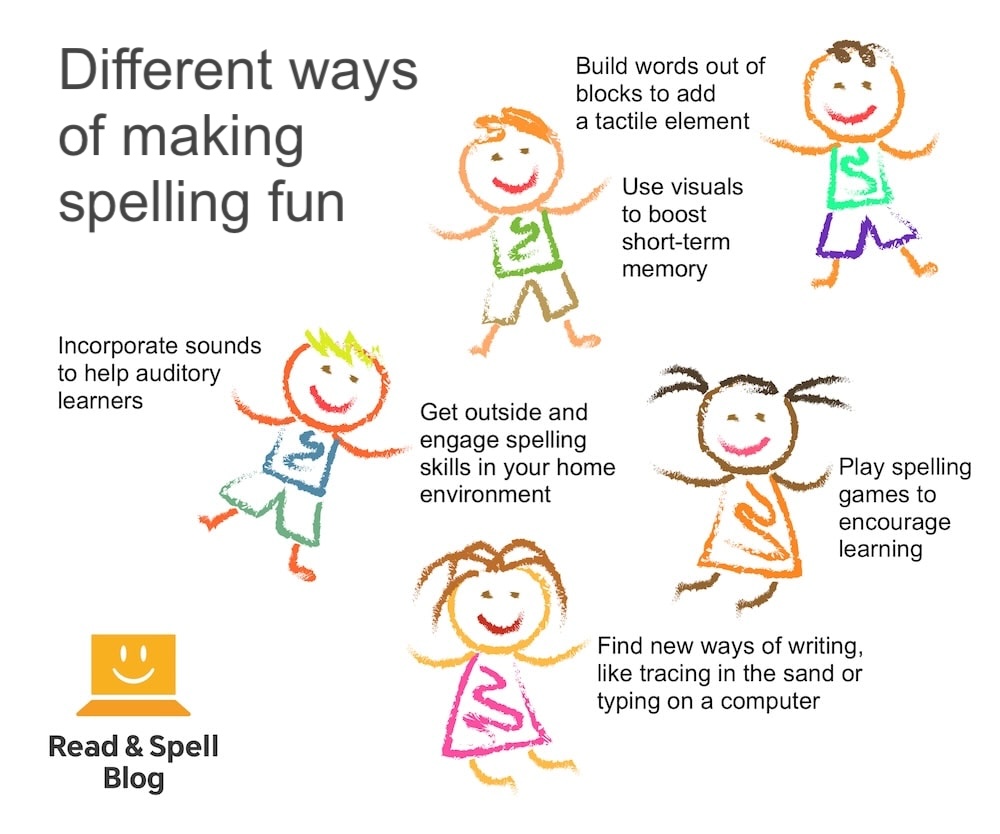
Spelling is one of those subjects that most children and adults associate with rote learning. In a classroom context, it typically involves reciting words in front of the class, writing on the board, spelling bees and weekly quizzes. But hands-on games are a great way to move beyond repetitive drills and memorization, so kids can have fun and learn to spell at the same time.
If students are focused on achieving a goal, such as helping their team win, they may be more motivated to engage with the material and more likely to learn a word’s spelling incidentally.
That’s because the more you hear, see, and use a word, the more active it becomes in memory. Spelling outside of the classroom doesn’t have to be boring either. Homework is often workbook-based, yet creative and multi-sensory activities make for fun projects that can entertain kids and help them spell. And it's a lot of fun to get outside and learn on the go too!
There are words on menus, street signs, film posters, and even t-shirts. Language is all around us and once kids start to pay attention to what’s in their environment, they are more likely to pick up on correct spelling patterns from repeat exposure.
Self-esteem and confidence
When a child associates learning how to spell with positive experiences, it helps to encourage him or her in spelling as well as in reading and writing. This is particularly important for students who may have to work harder than their peers to master literacy skills, such as children who have a specific learning difference like dyslexia, dysgraphia or ADHD.
These students can easily become discouraged when they receive low grades for spelling. Worse still, they may begin to think poorly of themselves and their intellectual abilities. This is especially tragic given spelling ability has nothing to do with intelligence. That’s why it’s so important to help every learner find the coping strategies and accommodations that will work for him or her.
Multi-sensory learning is a recommended teaching approach because it involves making use of diverse sensory channels to reinforce material in memory. In some cases, learning to type may be suggested because there is less distraction from letter formation and spelling is encoded as a series of key strokes. Learn more about touch-typing for children with dyslexia and spelling strategies for kids who have dyslexia in these posts.
How spelling works
Once we learn how to spell a word, it’s mostly something we do automatically, without thinking about the letters we need or the order they need to come in. But for this to happen, we first have to build up experience with a word in reading and be able to understand how its sounds map to English letters.
Also keep in mind English spelling is no easy task given the amount of irregularity in our language and the fact that there are almost twice as many sounds as letters. This means you can’t always know how to write a word if you haven't seen its written form before. Learn more in these posts: Help! I can’t spell, The hardest English words to spell, Fun ideas for teaching kids spelling
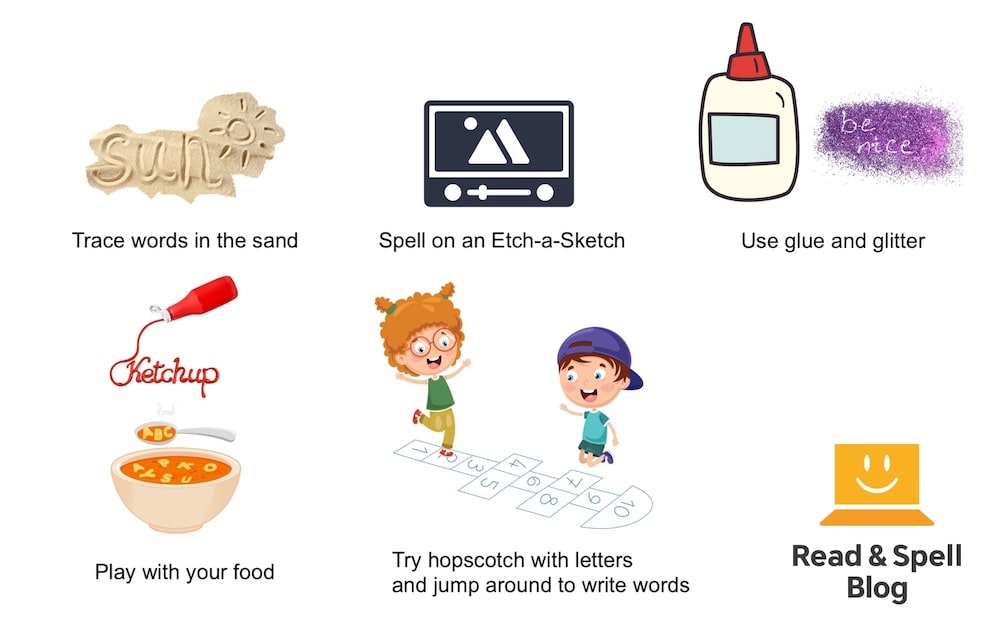
7 Tips for making spelling fun
- Play games that encourage learning. Games are one of the best tools for motivating kids to learn because they are aimed at promoting fun. Learning might occur as a by-product or it might be the object of the game. Some games are educational, such as spelling oriented apps, whereas others, like Scrabble are just about making words out of a chance handful of letter tiles and trying to score the most points. One of the fun things about playing games that involve other participants, such as hangman where kids have to guess at the letters that make up a word, is you’ll also learn from the correct or incorrect responses others give. I spy something beginning with __ is a great way to start with simple first sounds. For more games consider electronic app versions of Wheel of Fortune, letter searches, or typing games.
- Build things to add a tactile element. You might want to get some wooden blocks with letters on them and build towers that spell out words. Alternatively, you could use Legos to build letter shapes. Play-doh is an excellent toy for practicing spelling. Start by rolling several pieces into long snake like tubes and then cut and combine them to form fun letters and words. If you have a classroom of kids who like to get up and move around, you might try having them arrange their bodies to create letters and spell out words as a group. Get creative when it comes to how you form letter shapes - even several pairs of chopsticks can be turned into a learning tool. If you can get a hold of some beads with letters on them, it can also be fun to string words together and then wear them as a bracelet or necklace.
- Find new ways of writing. Have you ever spelled a word out with glue and then sprinkled some glitter on top? Try writing in ketchup or mustard next time you have a hot dog for lunch. Tracing words in the air, writing on an Etch-A-Sketch, using a stick to draw in the dirt, or putting a word on a car window after it’s been raining, all of these activities provide kids with tactile sensory feedback to help them remember spelling. Plenty of fun can be had when you create a hopscotch court out of letters and have kids jump in different patterns to spell words. How about fishing out some letters from alphabet soup and lining them up on a plate, or using stamps to create words one letter at a time?
- Use visuals to boost short-term memory. Don’t just write in pen or pencil, use brightly colored crayons, markers and chalk too. Have kids write each letter in a different color to create a sentence that’s as colorful as a rainbow. Writing that’s visually stimulating can also serve as a memory aid, particularly when you put a letter that is often skipped in a different color. Make collages out of letters cut out of magazines and assemble them to form words. Look for letters of different shapes, in different sizes and in different colors and combine them in new ways. Take pictures of objects or collections of objects that represent ideas and label them. Turn words into shapes to help you remember them. Trace letter shapes on paper and then color them in with different patterned designs, or sit down to type on the computer and then create a collage of the same word written in different fonts, colors, and sizes. TOP TIP: To get even more out of an exercise you need repetition. You might have a learner type a word 100 times and then print out their creation and use it for wrapping paper. Write a word out on some tape and create a fun ticker-tape ribbon to match!
- Incorporate sounds to help auditory learners. Write your own songs in which you chant out the letters that make up a word, accompanied by a tune. Rhythm and beats can help you commit a word to memory. Rehearsing a song is also a great way to check you have the spelling right when you get stuck. For added fun, try creating some games where learners have to spell out loud in different voices, for example high and low, shouts and whispers, excited and sad. You might also decide to host spelling bee games. Have kids develop their own word lists with easy and hard items that they give out to their classmates.
- Make connections to the people and things kids care about. Take photographs of friends, family and familiar places and spell names out to label them. Make a list of the activities or things that mean the most to a child and then practice learning how to spell these words. It’s easier to remember something that is meaningful to you and having their own personal spelling list can give kids a much needed confidence boost if they are struggling. Some fun games you can try include collecting postcards from places children enjoy going to (black out any place names written on the front with a marker or sticker) and then have them choose a card from the stack and write the name on the board. You might also pick up a few catalogs or advertisements from stores kids like to shop at then cover up words with blank stickers or pieces of tape and have them go back in and label them.
- Get outside and engage spelling skills in your home environment. Reading doesn’t have to be confined to books and magazines. Words are everywhere just waiting to be discovered. Try going to the supermarket. Find a child’s favorite food, spell it in a notebook, then check the label to see if they’ve gotten it correct. Turn this into a game by giving out star stickers for every word they get right. Go on a graffiti tour in the city and try to make sense of all of the letters and words you find, then recreate the designs on paper. It’s fun to go on a word scavenger hunt in a mall or busy public place and keep a journal where you collect unusual spellings, or take pictures and make a spelling wall at home!
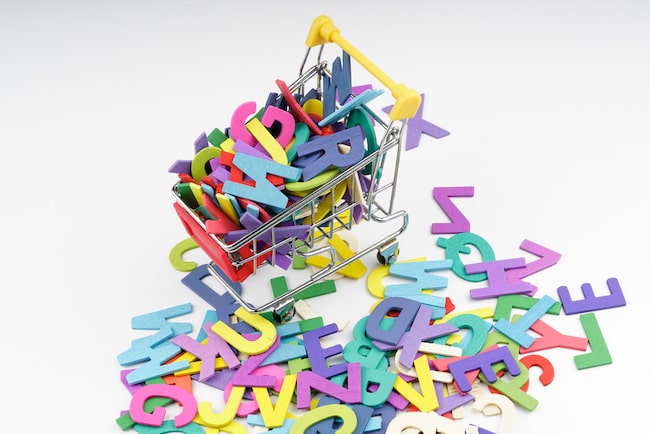
Common challenges in English
Spelling words the way they sound
In theory, alphabetic writing represents speech because each sound corresponds to a letter or combination of letters, but this isn’t how English works. That’s because there are far more sounds than letters of the alphabet, which means the same letter can be used to represent different sounds. There’s also more than one way to write a sound, so when you spell a word phonetically you may not get it right. However, there’s no harm in starting with a phonics based approach and learning the exceptions to the rules as you go. Read more spelling tips.
Getting service words right
Some words are harder to spell than others. Many kids find common service words like the, an, their, and when are the most difficult to spell because they are harder to associate with an image or a rhyme that can be used to remember them. Learn more about service words and how to teach them.
Difficulty with proper nouns
It might be particularly tricky to spell proper nouns in English, which often come from different languages and cultures where the consonant clusters and permissible vowel combinations differ. This is further complicated when the name’s pronunciation has been anglicized and no longer goes with the spelling. Proper nouns include street and place names, people’s names, and even product and company names.
Repeating the same mistake (also known as a fossilized error)
Spelling is procedural knowledge, something we do automatically which becomes more ingrained the more we write a word. This also means if you write a word incorrectly more than once you can accidentally automatize the incorrect spelling. In the case of fossilized errors, try writing the correct version multiple times until it overwrites the mistake in memory, or employ a mnemonic device to re-encode the word using mental imagery and rhymes.
Spelling a word inconsistently
While everyone makes spelling mistakes from time to time, some people may spell a word correctly one day and not the next. This can be frustrating for the individual whose skills may not seem to improve no matter how much they practice. Inconsistent spelling skills tend to be associated with dyslexia. Learn more in these posts: Am I dyslexic? How to identify dyslexia in three easy steps.
Making it fun and effective
Sometimes adolescents and older learners find it hard to get into some of the more child-oriented activities. In these cases you may need to adapt techniques to suit the individual. What is a student passionate about? If it’s sports, try reading news articles about their favorite team, highlighting key vocabulary and creating spelling lists that deal with sports reporting. For adults who enjoy mental challenges, how about taking a look at crossword puzzles or signing up to play Words with Friends online.
Touch-type Read and Spell
If a student likes to research on the computer, you may consider a touch-typing course that helps with spelling and keyboarding at the same time. Touch-type Read and Spell takes a multi-sensory and phonics-based approach to typing, so users practice words in a particular sequence that reinforces their knowledge of English phonics.
The course is broken down into small modules, so students can build momentum and gain confidence as they go. In TTRS you see the word, hear it and type it, helping to encode and automatize spelling as a series of keystrokes.
Many home-school families use TTRS as part of their school day and it’s also a popular solution for children and adults who struggle with handwriting and need additional practice outside of the classroom or office. Get in touch with our team if you have any questions, we’d love to hear from you!
Quick Tips
- Play games like Scrabble, Hangman, and Wheel of Fortune.
- Build towers out of letter blocks, write words with Legos or use Play-doh to practice spelling skills.
- Write words using brightly colored markers or trace them in the sand, dirt or sky.
- Incorporate imagery to pair visuals of a word’s written form with its meaning.
- Create songs that help encode the sequence of letters in hard to spell words. Use rhythm and beat to boost learning.
- Make connections to a student's life and practice spelling people, place and object names.
- Get out of the classroom and explore language in the environment. Make learning how to spell fun and relevant.
For learners who struggle with spelling
TTRS is a phonics-based touch-typing program that strengthens spelling ability and builds confidence for children and adults who struggle with spelling.
Chris Freeman
TTRS has a solution for you
An award-winning, multi-sensory course that teaches typing, reading and spelling

How does TTRS work?
Developed in line with language and education research
Teaches typing using a multi-sensory approach
The course is modular in design and easy to navigate
Includes school and personal interest subjects
Positive feedback and positive reinforcement
Reporting features help you monitor usage and progress







